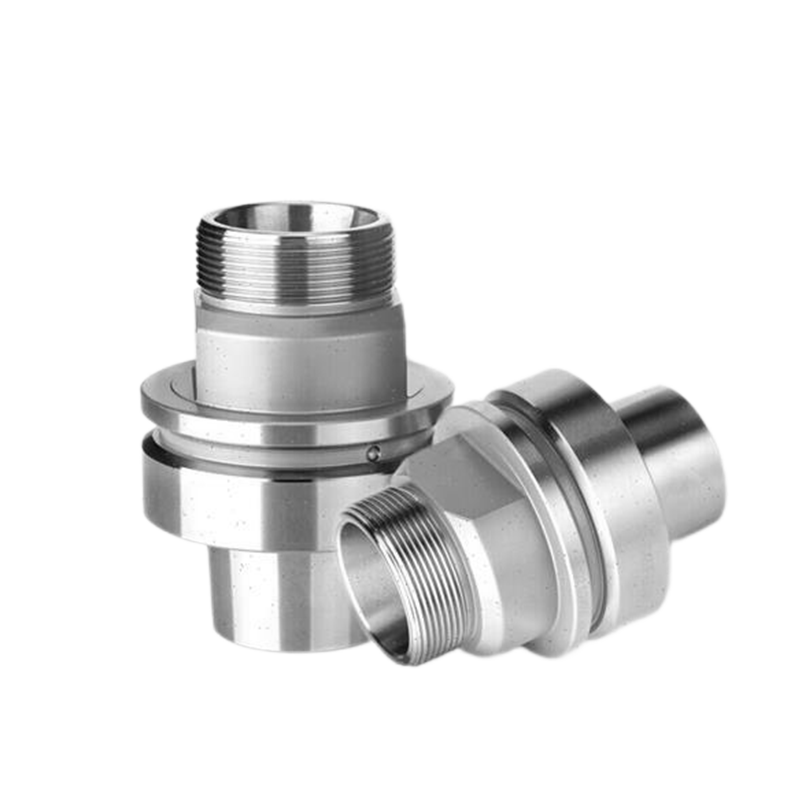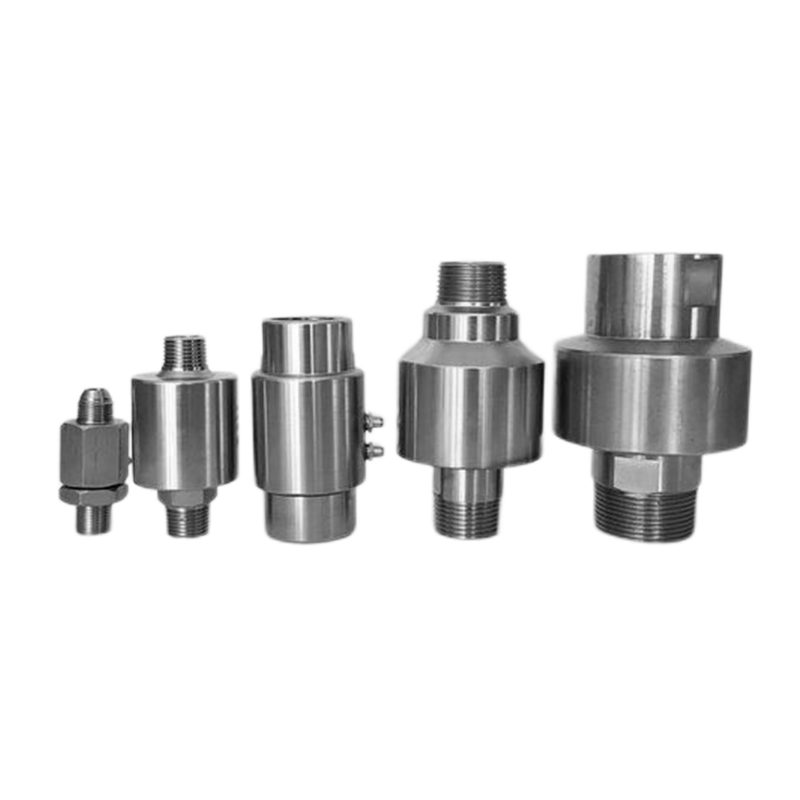rotary waveguide joint
A rotary waveguide joint is a sophisticated electromagnetic device that enables the transmission of microwave signals across rotating interfaces while maintaining signal integrity and performance. This critical component serves as a bridge between stationary and rotating sections of microwave systems, allowing seamless communication and power transfer. The device consists of precisely engineered sections that include a rotor and stator assembly, carefully designed to minimize signal loss and maintain consistent impedance matching throughout rotation. Modern rotary waveguide joints incorporate advanced features such as high-precision bearings, specialized RF chokes, and innovative contactless designs that ensure reliable operation even under continuous rotation. These joints operate across a wide frequency range, typically from 1 GHz to 100 GHz, making them essential in various applications including radar systems, satellite communications, and advanced defense equipment. The engineering precision required in manufacturing these components ensures minimal insertion loss, excellent VSWR characteristics, and superior phase stability across all rotational positions.


